Affiliate links on Android Authority may earn us a commission. Learn more.
What are stablecoins and which one should you use?
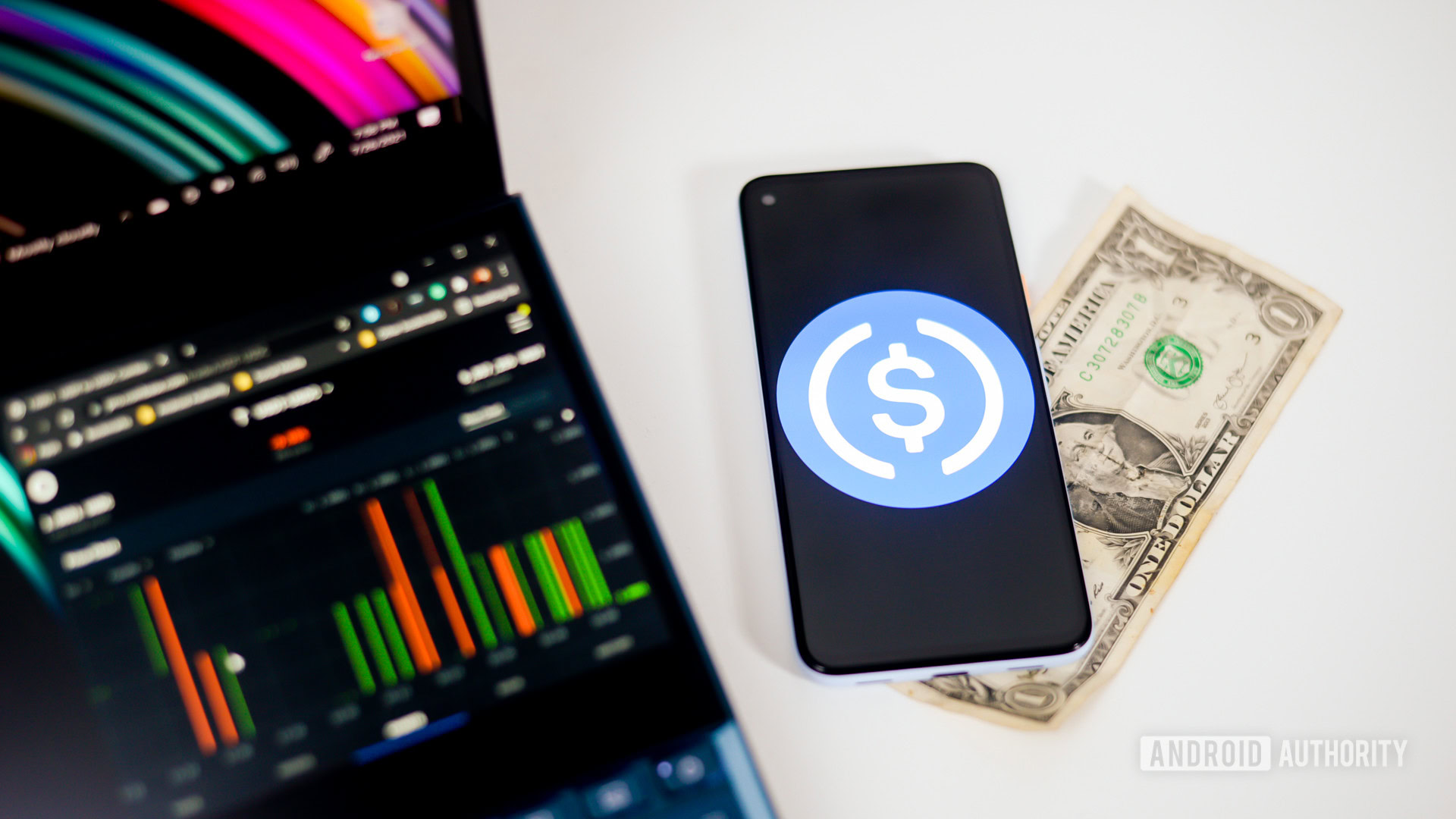
Digital currencies undoubtedly provide the fastest and cheapest way to transfer wealth over long distances, especially across international borders. However, some caveats steer most people away from using them — with volatility or price fluctuations often quoted as the critical deciding factor. Enter stablecoins.
The term stablecoin refers to a distinct class of cryptocurrencies explicitly designed with price stability in mind. Unlike traditional cryptocurrencies like Bitcoin or Ethereum, stablecoins are linked to an existing asset, like US dollars, euros, or even gold. A USD-backed stablecoin token, for instance, would trade at a constant $1.
As with any new paradigm, though, there are dozens of competing stablecoin offerings on the market today. So in this article, let’s take a look at the top stablecoins, why you might want to use them, and which one you should choose.
Why use a stablecoin in the first place?

A stable value is beneficial for many reasons, but retail payments are perhaps among the most lucrative use-cases. If you use stablecoins to pay for goods or services, for example, both you and the merchant can be certain that the token’s value will not fluctuate. If some other token is used instead, however, the final value of the transaction may end up higher or lower when converted to the local fiat currency.
Of course, digital currencies such as Bitcoin may someday become prolific enough to be universally accepted — regardless of their value in USD terms. For now, though, most people will probably want to use stablecoins simply because they offer the convenience of using a cryptocurrency, but minus the negative aspects such as price speculation and volatility.
How do stablecoins work?
Stablecoins typically achieve their stability through the backing of a central authority — such as a private company or non-profit organization. Having said that, you’ll find that some stablecoins do manage to operate in a decentralized fashion, but we’ll get to that in a bit.
Stablecoin operators maintain a reserve of assets such as cash, treasury bonds, and other investments. More specifically, every unit of a stablecoin is backed by an equivalent amount of assets in its reserve. This 1:1 parity is key to long-term stability.
Every unit of a stablecoin is backed by an equivalent amount of assets in its reserve.
Knowing these parameters then, which stablecoin should you use? Whether you’re looking to use a stablecoin for everyday payments or as a convenient way to transfer money online, here are your top options and why you should or shouldn’t use each one.
Top stablecoins by market capitalization
1. Tether (USDT)
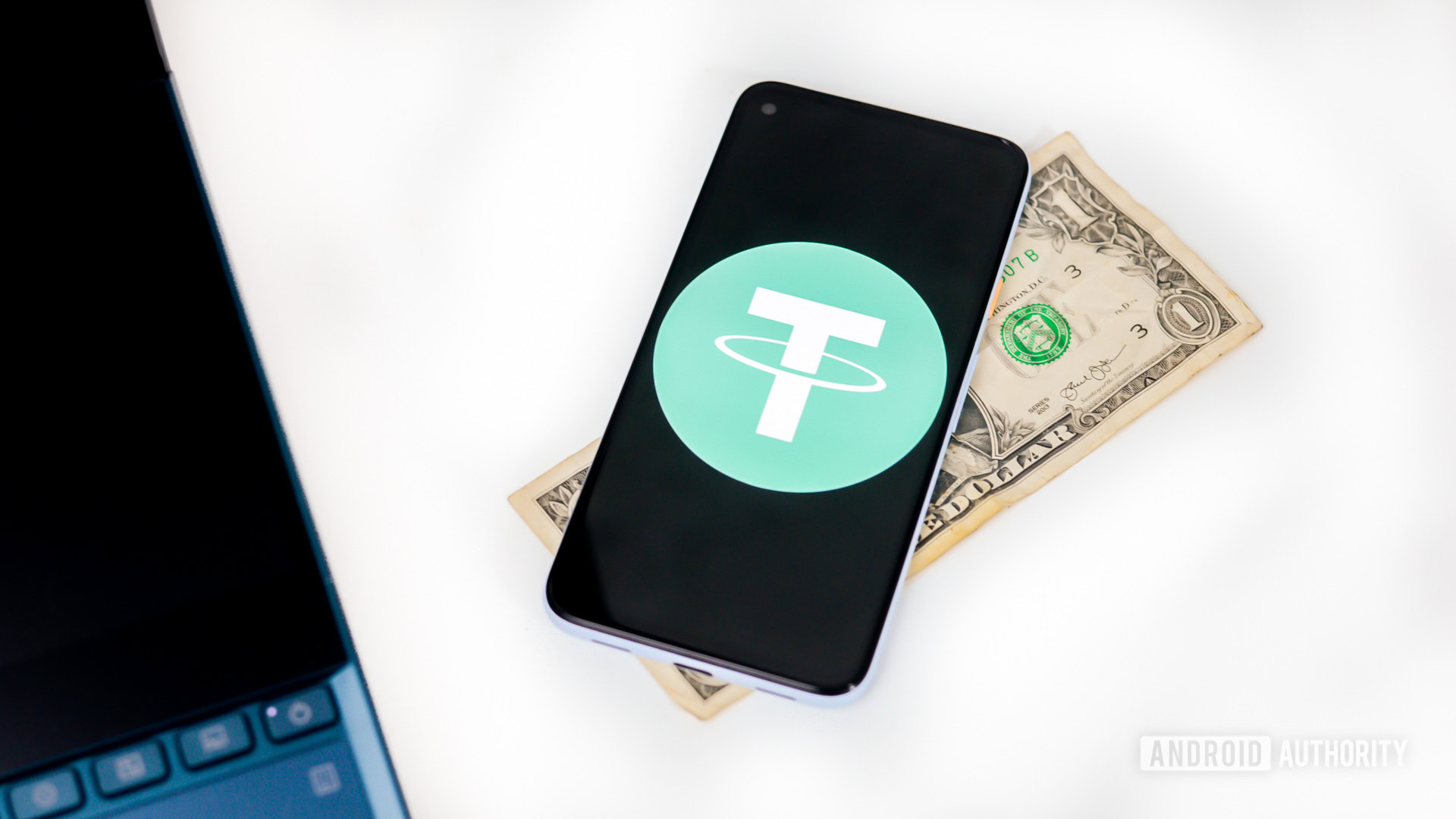
If you’ve paid any attention to the cryptocurrency market over the past few years, you’re likely already familiar with Tether. Like many other tokens on this list, it is pegged to the US dollar, as evident by its ticker symbol USDT.
Tether is the largest stablecoin in existence today, primarily due to a sizable early mover advantage. At the time of its release in 2014, it had zero competition.
Tether is operated and backed by Tether Limited, a Hong Kong-based company. Notably, it is a subsidiary of the cryptocurrency exchange, Bitfinex, registered in the British Virgin Islands.
The biggest selling point for Tether these days is its universal recognition and acceptance. Open just about any cryptocurrency exchange, and you’ll likely come across dozens of trading pairs against USDT.
The biggest selling point for Tether these days is its universal recognition and acceptance.
As a result of this wide acceptance, Tether generally offers traders exceptionally high liquidity — since it is the most globally traded digital asset by volume. At the time of writing this article, Tether’s 24-hour trading volume sat at $84 billion, more than double that of Bitcoin’s $40 billion figure.
However, even though Tether has cornered over 50% of the stablecoin market’s share and has a staggering $65 million worth of tokens in circulation, it is not without problems. Tether Limited, the company that manages the stablecoin’s central reserve, has been mired in controversy for several years.
To learn more, check out our in-depth guide on Tether, where we explored the stablecoin’s troubled past as well as its long-running battle with regulators in the US.
2. USD Coin (USDC)
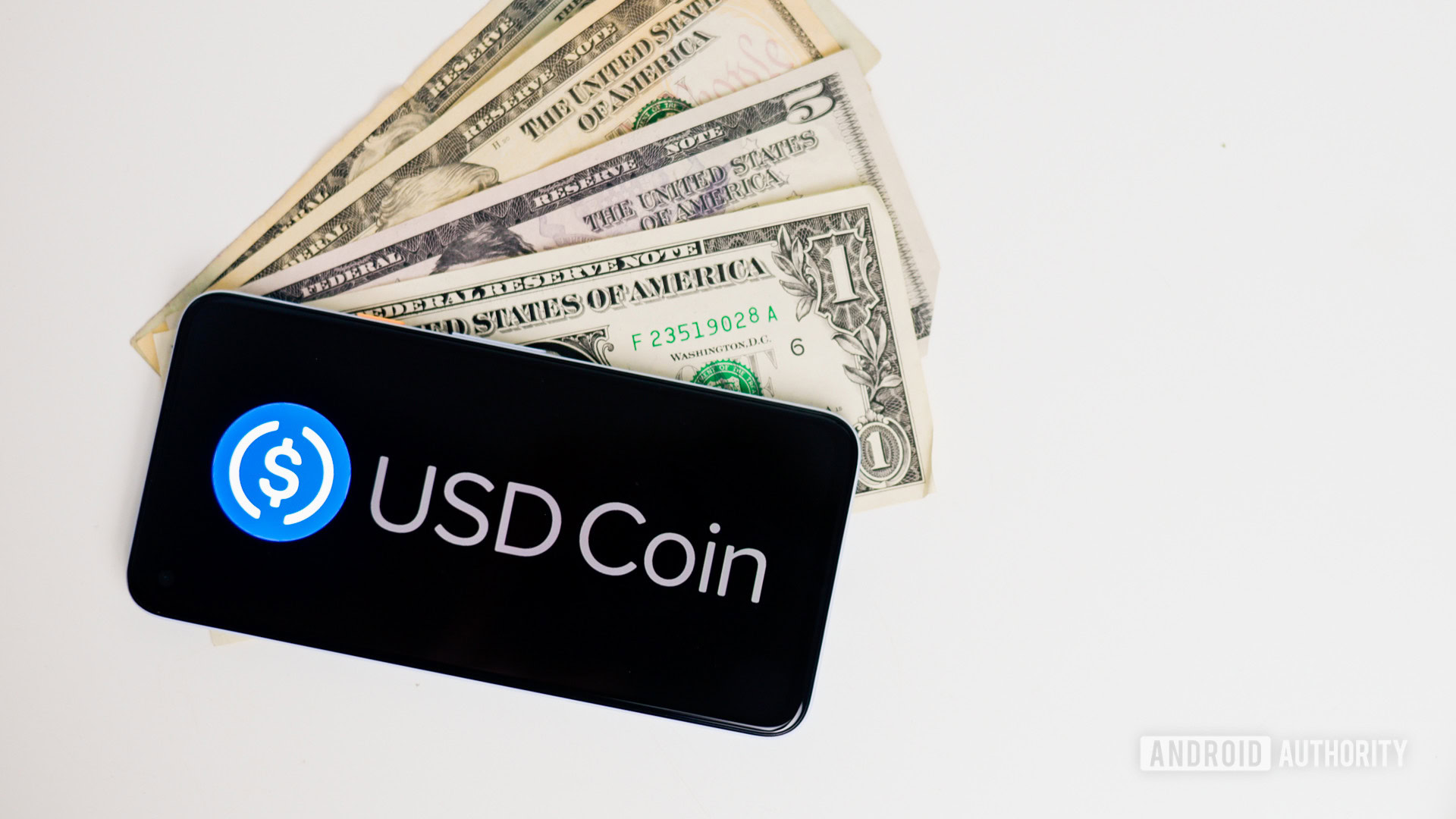
If Tether operates in a regulatory gray area, USD Coin (USDC) aims to do the exact opposite. Owned and operated by cryptocurrency exchange Coinbase and payments company Circle, USDC’s biggest selling point is that a regulated entity issues it.
Like Tether, USDC achieves its 1:1 parity with the US dollar through a collection of assets stored in a bank account. However, the biggest difference between the two is that USDC’s treasury contains only cash and US treasuries — relatively safe and stable assets. By contrast, Tether Limited holds far riskier assets, including commercial paper and corporate bonds, to achieve this peg.
In that vein, USDC also offers monthly attestations of its reserves. This provides greater transparency and quells fears of insolvency. Remember that a stablecoin relies on public trust. If doubts arise over the stablecoin’s reserve, it could quickly lose its peg.
Read more: What is USD Coin? Is USDC a safer stablecoin bet than Tether?
In addition to the transparency, USDC has one more ace up its sleeve — support within the broader cryptocurrency ecosystem. This is most evident if you look at popular decentralized finance (DeFi) platforms such as Compound, Uniswap, and Aave.
USDC is extremely popular because of its transparency.
DeFi platforms facilitate financial services such as lending, saving, and trading without a bank or similar intermediaries. It’s easy to see why early adopters of this ecosystem are inherently distrustful of centralized stablecoins such as Tether.
According to data compiled by Flipside Crypto, USDT’s prominence in DeFi primarily comes from Asian markets, while USDC usage is higher during western trading hours. Indeed, looking at metrics from DeFi Pulse, USDT and USDC trade blows with a mere 20% difference in usage.
3. Dai (DAI)
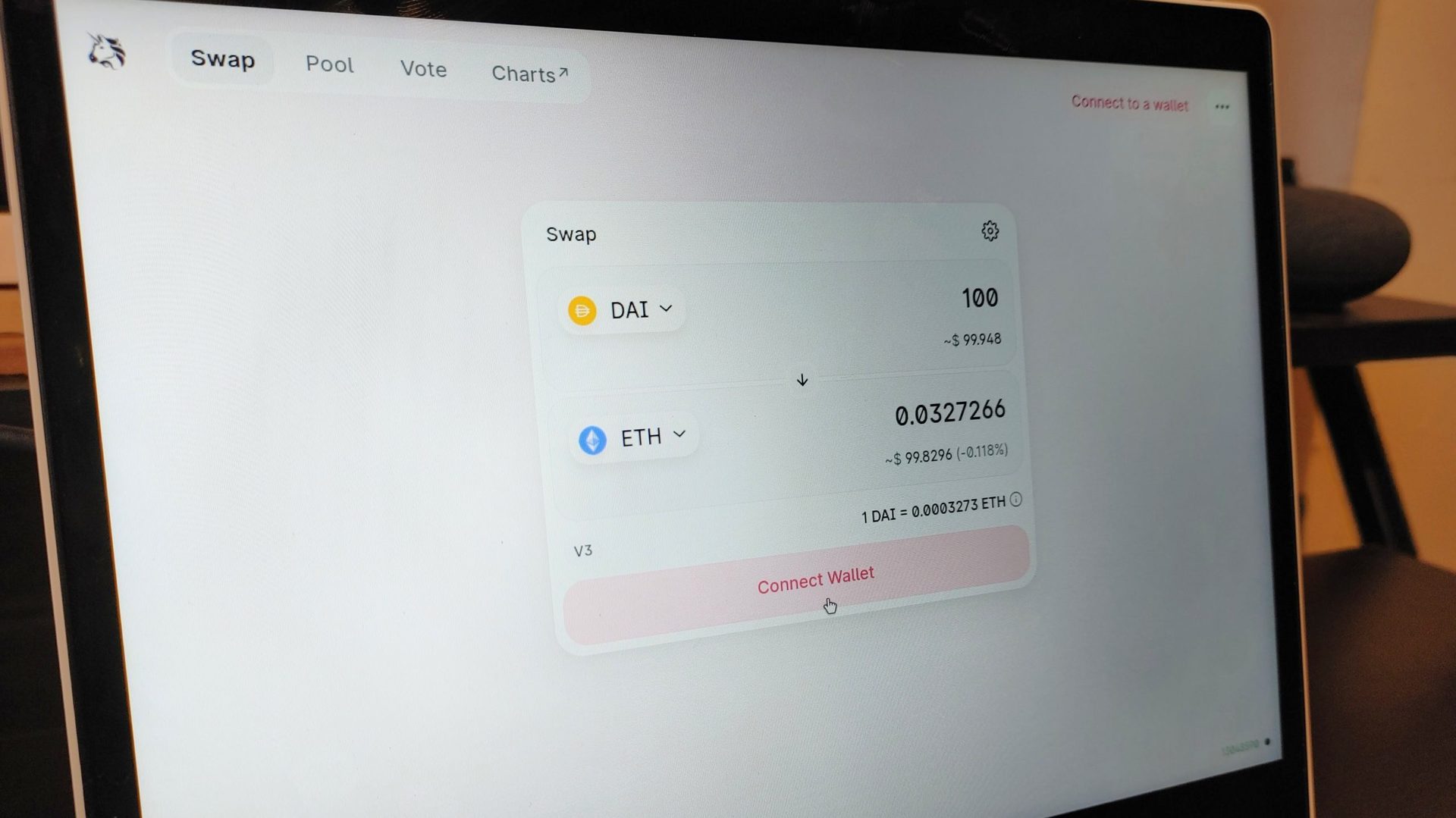
Dai is the first decentralized stablecoin on this list and also the largest project of its kind. Unlike both of the above-centralized tokens, Dai does not maintain a bank account or balance sheet of its reserves. Instead, its reserves are composed entirely of other cryptocurrency assets.
Dai is managed by a decentralized autonomous organization (DAO). In other words, anyone that holds the Maker governance token has the power to influence Dai’s development.
You may wonder how Dai achieves its stability if inherently volatile assets back it. The solution to that problem is pretty simple — Dai is over-collateralized. While other stablecoins may maintain a 1:1 parity with underlying assets, Dai requires higher deposits than the amount it issues. This excess value allows it to offset the risk of sudden devaluation.
More specifically, MakerDAO’s website states:
The system only allows borrowing up to what Maker governance considers to be a safe ratio (currently 150%) so USD $100M of dai in circulation would for example be backed by at least USD $150M of ETH locked in the Maker collateral vault.
In its several years of existence, Dai has maintained its peg pretty consistently. This fact, coupled with its decentralized nature, makes Dai perfect if you’re looking for a straightforward store of value stablecoin.
There’s yet another reason why Dai is so appealing — its relative openness. Because Dai is a smart contract that lives on the Ethereum blockchain, it is extremely transparent. And similar to other large decentralized projects, Dai removes the need to “trust” another entity to uphold their promises. A smart contract cannot go bankrupt, but a company is never too big to fail.
Read more: What is Decentralized Finance (DeFi)?
4. Lesser known options: What you need to know
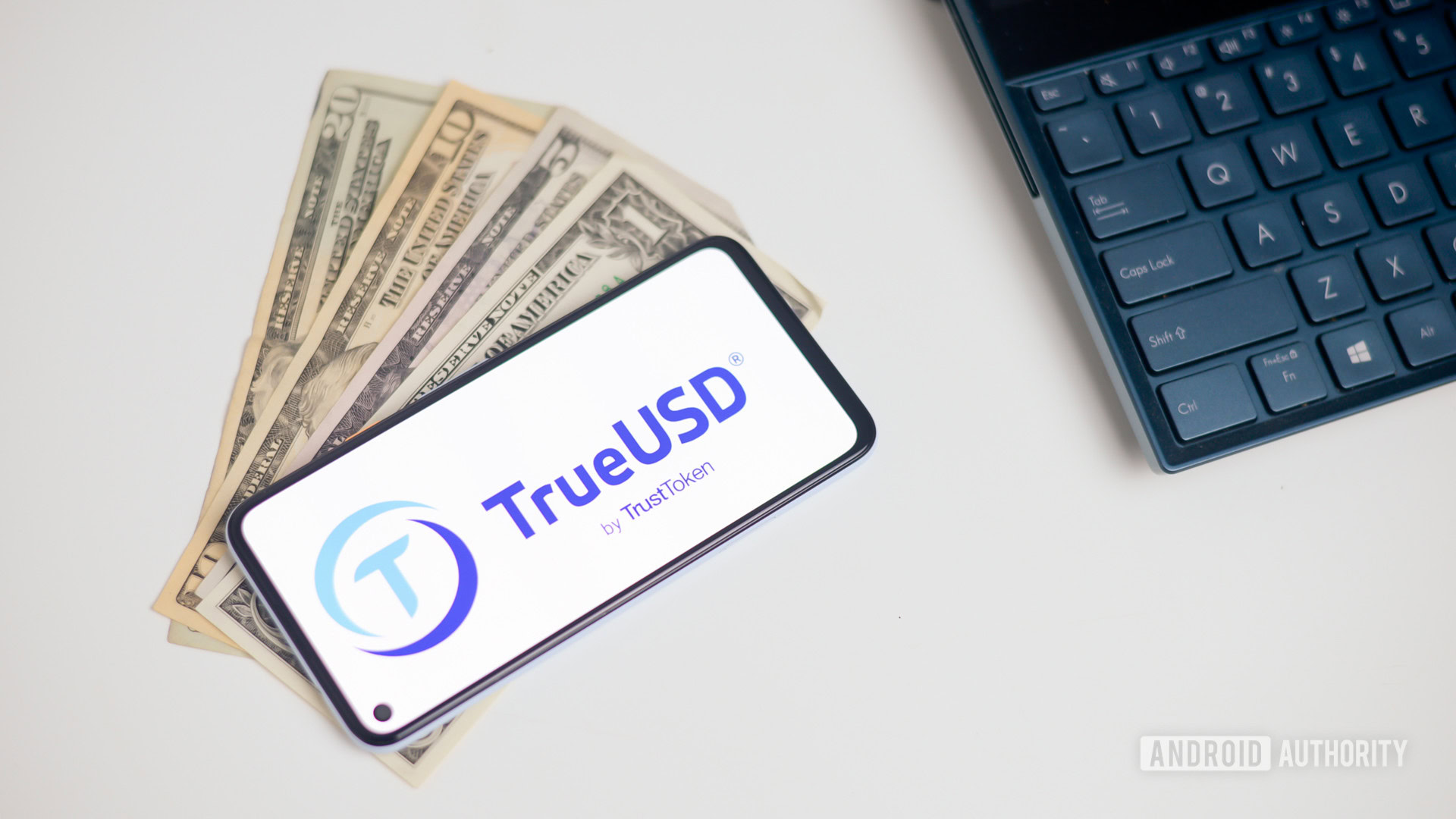
Gemini Dollar (GUSD)
As the title suggests here, Gemini Dollar is backed by the cryptocurrency exchange Gemini. You can consider GUSD a direct competitor to USDC — they’re both operated by American companies and boast regulatory compliance as one of their key features. Gemini also publishes monthly audits of its reserves. These are conducted by a third party as well, so there’s some accountability at play.
Paxos Gold (PAXG)
Unlike the other stablecoins on this list, Paxos Gold is not pegged to the US dollar or some other fiat currency. Instead, one unit of the PAXG stablecoin represents one fine troy ounce of an investment-grade gold bar. These are stored in bullion vaults in the US, and owners of the token can technically claim ownership over them.
Paxos Gold is a unique stablecoin. Its value is pegged to the price of Gold instead of a fiat currency like the US dollar.
With PAXG, you can digitally own a fraction of a gold bar, which means you transfer it within minutes like any other cryptocurrency token. This kind of portability is not possible with a Gold ETF, or other forms of physical or digital Gold.
True USD (TUSD)
True USD was one of the first stablecoins to try and achieve regulatory compliance. However, a year or so later, Coinbase and Circle launched USD Coin and dominated the regulated stablecoin landscape.
TUSD’s usefulness is a bit situational. It isn’t affiliated with any single cryptocurrency exchange. That means you’ll find it on more exchanges than USDC. Apart from that, it’s a widely recognized token, but not quite as widely used — especially in the DeFi ecosystem.
Binance USD (BUSD)
Binance USD is worth mentioning because Binance is one of the largest and most influential cryptocurrency exchanges today. Even though BUSD may sound like it is Binance-operated, it is actually issued by Paxos. This allows Binance to claim regulatory compliance in the US, even though the exchange is actually based elsewhere.
Unsurprisingly, BUSD is available on Binance Smart Chain, which is the cryptocurrency exchange’s own smart contract network. While BSC does entail lower fees, you should know that the blockchain has been criticized for its centralized and closed nature. You can, however, choose to withdraw BUSD on the Ethereum network instead.
Read more: How to buy cryptocurrency: A definitive guide to cryptocurrency investing
So which stablecoin should you use?
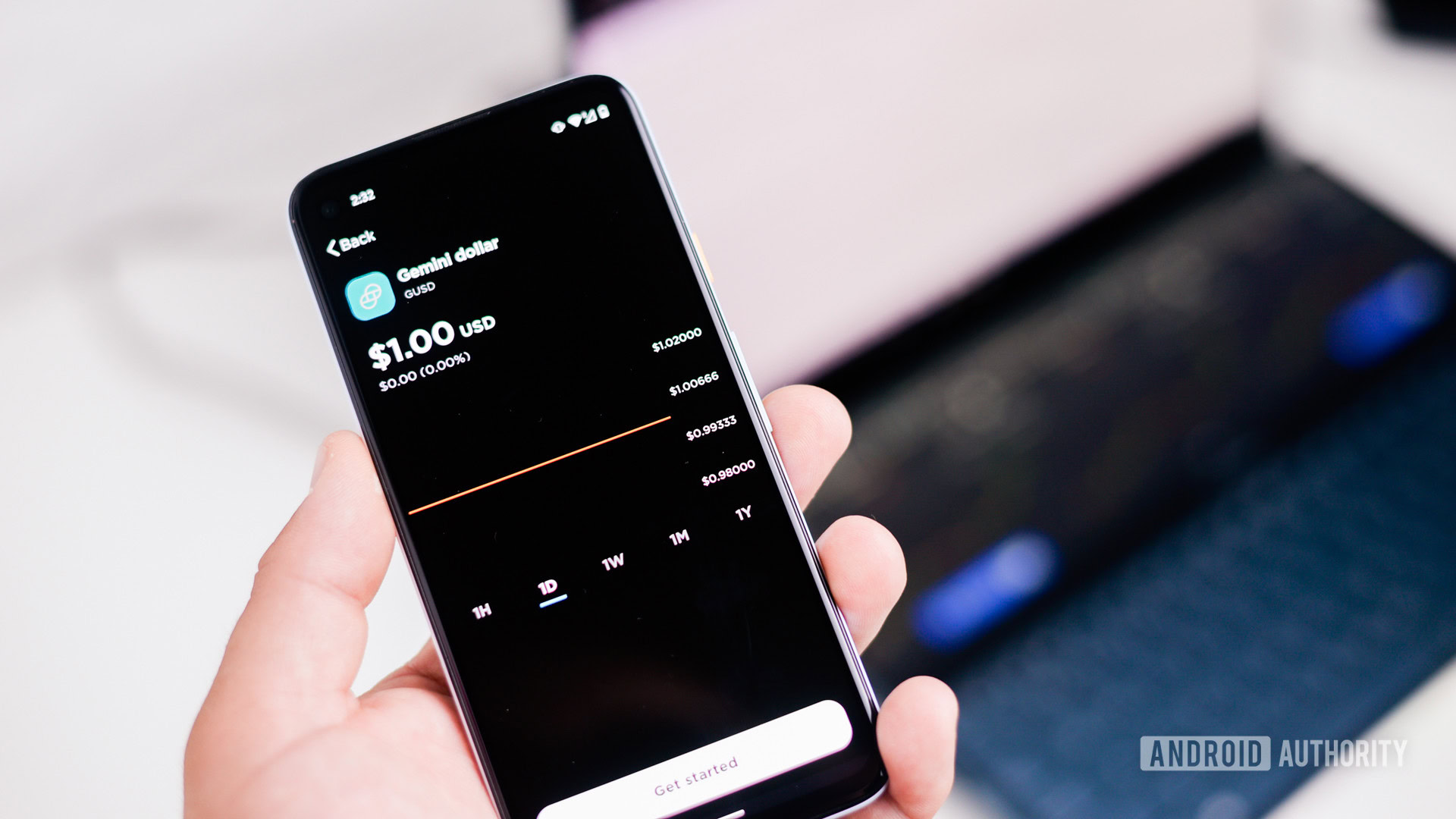
As you can probably tell by now, every stablecoin has its own set of strengths and weaknesses. Some, like USDT, are far more widely accepted than others. However, stablecoins like Dai are appealing because of their decentralized nature. As for which one you should choose, the answer’s pretty straightforward — whichever one works for your use case.
Unless you’re particularly worried about a stablecoin losing its peg against its base asset, the chances are you will find little to no functional difference between them. Just keep in mind that stablecoins offer no utility as an investment, so you’d be better off converting your stablecoin to fiat if you’re risk-averse.
Bear in mind that trading between stablecoins is extremely easy. Most of them today are primarily built on top of the Ethereum blockchain. This means that you can use a service like Uniswap to instantly exchange one stablecoin for another. While doing so will incur some fees, that will change eventually as Ethereum’s developers improve the network’s scalability.
Read more: What is Ethereum? Here’s everything you need to know
If for whatever reason, you intend on holding a stablecoin longer than a few days or weeks, the community’s consensus is to stick with more regulated options such as USD Coin and Gemini’s GUSD. Tether’s controversial history means it is far from a safe bet.
If you plan on holding a stablecoin long-term, consider USDC or DAI over Tether.
That’s everything you need to know about all of the stablecoins on the market today. To learn more about how the stablecoin ecosystem has influenced government policy, check out our guide on Central Bank Digital Currencies (CBDCs). They are functionally identical to many fiat-backed stablecoins, except issued by the government instead of a private entity.